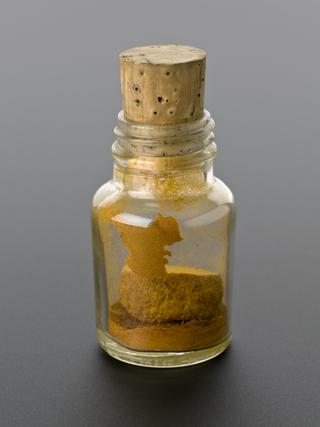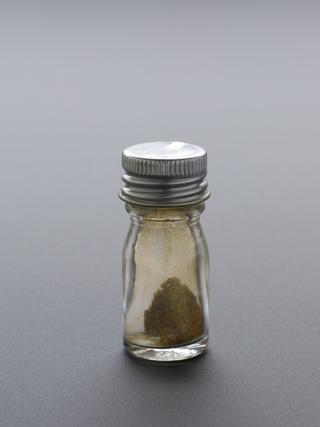

Penicillin surface fermentation vessel, European, 1940-44, in porcelain.
Specially designed for harvesting penicillin, this vessel enabled the soupy product to be poured out easily from beneath the felt-like Penicillium mould. The mould requires air to grow and this was the most sophisticated vessel in use until the development of deep stirred tanks into which air was bubbled under pressure. Penicillin became a medicine in the early 1940s, during the Second World War, thanks to an Oxford University team led by Howard Florey (1898-1968). The Oxford scientists managed to separate and purify very small quantities of penicillin and show its successful use as an antibiotic.
Details
- Category:
- Biotechnology
- Object Number:
- 1976-628
- Materials:
- porcelain
- Measurements:
-
overall: 100 mm x 350 mm x 240 mm, 2.065kg
- type:
- fermentation vessel
- credit:
- ICI Ltd. (Pharmaceuticals Division)



